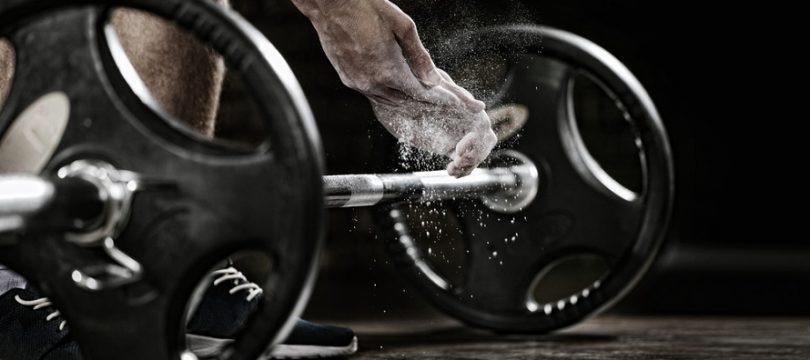
Sub-consciously one of the most common things that people look for in a leader is their ability to be tough. Whilst I strongly argue that the strength of a leader is to learn, reality is that ‘toughness’ is a significant criteria in identifying and promoting leaders.
But do we really understand tough. To me there are three kinds of being tough.
Tough type # 1 – These are not really tough but really more aggressive. The toughness comes from insecurity and their need to be dominant. Bigger, badder, stronger. For them being on top is validation in their ego or fear of their position. Toughness is a defence mechanism. These guys aim to keep control and maintain status. They are driven to be on top and they will make life difficult for anyone who will make them look bad or who are a threat. They expect compliance and lead on an ideology that they are superior specimens and high performance is achieved through fear and ensuring that everyone follows them. They are not concerned with quality decision making, empowering others to perform at their best, or encouraging broad based innovation but rather centralising control and decision making to the person they believe is the smartest in room (aka themselves). They are focused on keeping control out of fear of looking bad. Problem is that high performance is linked the capability of one person, and everyone else is just there to execute on their direction. My experience is these guys have lots of self-doubt and are driven to prove themselves or protect themselves, and probably have grown up in a threatening environment without support. Their challenge is to get some integrity.
Tough type #2 – These are the types that are mentally tough and now how to fight, and if it comes down to a scrap they know how to win. However underpinning that, they still have integrity. They use their strength to take down bullies. They are the guys who have the self-confidence, have the mental resilience, and have the self-belief to know they can win. But underlying that they have a strong set of values and are high on integrity They believe that using their strength is for the common good. They make the tough decisions but do so for the common good and the long term interests. They will prune the tree to save the tree, but they do so because they know that someone needs to prune the tree and it is best to be someone who has good intentions at heart. These guys are great leaders as they are strong but have high levels of integrity. Their challenge is that sometimes they are being tough guy # 1 but justifying to themselves that they are being tough guy # 2. Their challenge is to sometimes show compassion and also to recognise that some of their staff don’t need a ‘rev up’ to be motivated but rather a rational and honest discussion about where they can improve.
Tough type #3 – These guys are not loud or flashy but are persistent and don’t fear making the tough decision. They are similar to # 2 in that they are high on integrity but don’t believe you need to dominate to manage the bullies. They have the honest conversations, they challenge and are persistent. However they do this with respect. They recognise that the bullies have their own insecurities and show compassion and empathy. However while they have empathy they don’t condone poor behaviour and will challenge those who are trying to dominate others. They have a high level of self-respect but they also have a strong sense of respect for others. They are not immediately apparent as a tough leader but overtime will be recognised as a strong and persistent leader. They take time to build creditability but once they have established it they are highly regarded.
Not everyone shows toughness and those tend to struggle in a leadership role. Being tough is a key element of being a leader. However don’t be too simplistic when you look at toughness in a future leader. If you are promoting tough types # 1 you will not improve the performance of your organisation. In fact it will reduce your performance. If you have a short term challenge and need to turn the ship around quickly then go for tough type # 2. Give them 3 years and they will turn the organisation on its head in a positive way. If you are looking for long term sustainable improvement then go tough type # 3.



